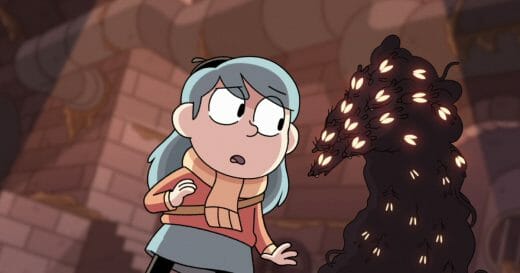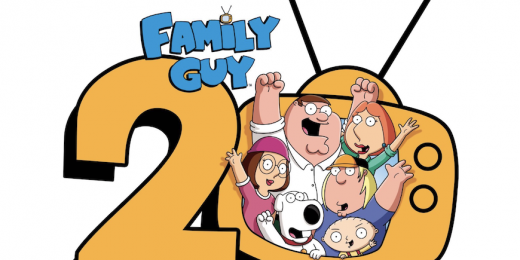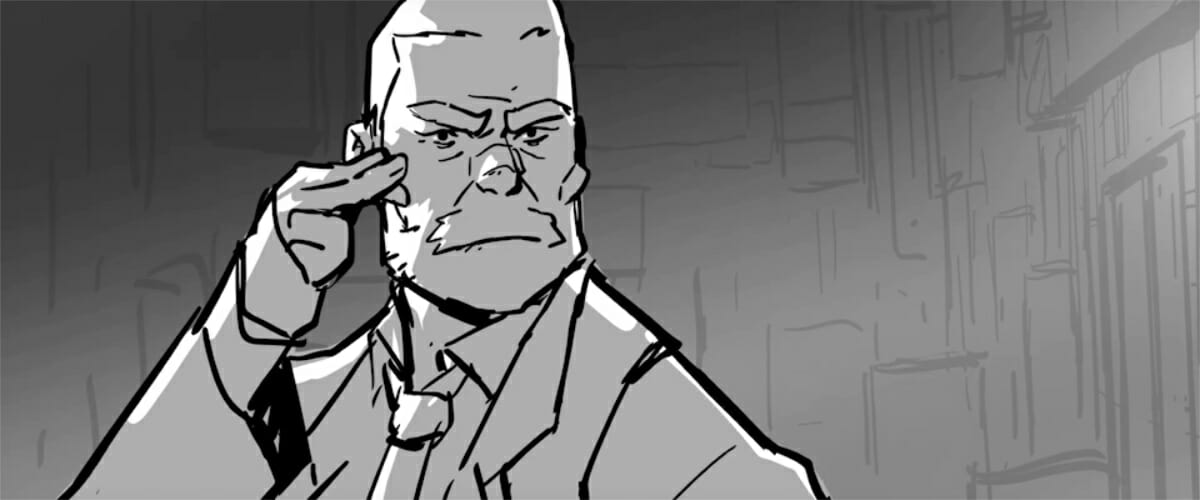
Jon Lam is a seasoned storyboard and concept artist who currently plies his trade at Riot Games, known for their famous multiplayer online games like League of Legends and Valorant. When he isn’t working on explosive in-game cut-scenes, he storyboards on franchises like Star Trek: Prodigy and Invincible. Alongside these storied accomplishments, Jon also finds time to devote to his personal work in Storyboard Pro.
Echonauts is one of Jon’s personal projects; a highly detailed and action-packed animatic which introduces a dystopian, science-fiction world. The animatic showcases some impressive line work and accomplished visual storytelling. Jon’s background in comic book and character design shines through in immersive character and crowd designs, accompanying carefully-timed scenes. Alongside imaginative vehicular design and architecture, it all combines to give the Echonauts universe a depth of its own.
We interviewed Jon to ask him about Echonuats and discuss his approach to storyboarding. He was kind enough to share some tips and techniques from its creation as well as advice for aspiring storyboard artists. He also shares advice from his time working on massive video game titles like Overwatch 2, the challenges and opportunities that those types of projects can bring, and how to create truly fantastic characters that audiences can connect with! Watch Echonauts below and read on for our full interview with Jon Lam.
Hello Jon! Please give yourself a brief introduction for our readers…
My name’s Jon Lam. I’m currently a senior storyboard artist and concept artist at Riot games. My background was originally in comics and character design, but I soon fell into storyboarding for animation and game cinematics.
Tell us about your Echonauts animatic and the inspiration behind it..
Echonauts started off as a personal project that I’ve started to develop with my fiancé, as we are hoping to turn it into a short or series in the future. Inspirations behind it were Blade Runner, late-90s to early-2000s anime and horror films. It’s always been a dream of mine to combine these genres, create my own characters, throw them into situations that challenge their values and allow these characters to go on journies of self discovery.

What was the process of creating Echonauts?
My process of Echonauts started off with doing rough thumbs in a sketchbook or in Photoshop, design of the main character and then laying down some boards, and referencing film noir for lighting. My tools for creating this animatic were mainly Storyboard Pro, but I also hope to be introducing 3D shots in future action sequences as well.
Do you have plans to develop Echonauts into a full feature?
I’d love to turn it into a feature at some point. Right now my main concerns are developing proof-of-concept animatics where I can have full creative control. And push cinematography and the respective genres.

How does Echonauts compare to some of the other large commercial projects you’ve worked on?
Echonauts, in comparison to my more commercial projects, is very polished. My usual boards for work are a lot rougher and looser, as they should be. For me, I really like to put extra love into my personal projects.
This is where I don’t have to worry about deadlines, so I can draw as detailed or as little as I like depending on how I feel!
What was your favorite part of working with Star Trek source material on Star Trek Prodigy?
My favourite part of working on Star Trek: Prodigy was getting to work such amazing characters as Dal, Rok-Tahk, Gwyn and Captain Janeway. Star Trek Voyager was one of my favorite Star Treks growing up, so it was a huge honor. I also learned so much from the team at Nickelodeon.
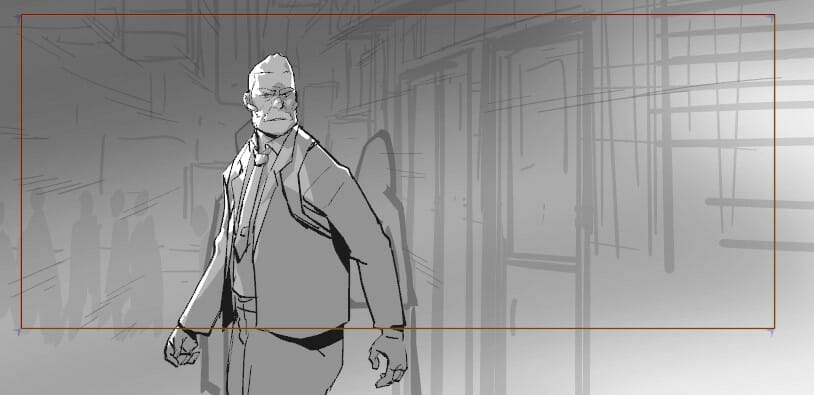
What was your role on Overwatch and can you tell us what it’s like working on that project?
My previous role on Overwatch 2 was as a storyboard artist at Blizzard’s Cinematics department. Overwatch is another property that I’ve held near and dear to my heart; working on new characters like Kiriko and her spotlight cinematic was definitely a career highlight. Blizzards’ cinematics have always captured my imagination and have been such a source of inspiration through the years. The team at Blizzard are truly some of the worlds’ best talent. The artists and writers there care so much about their characters — you can feel the love emanating from these shorts.
What are some of the biggest challenges when working for a major video game franchise?
The biggest challenge when working for major video game franchises is also the most rewarding, which is figuring out who characters are and collaborating with so many creatives — writers, directors and other storyboard artists — in crafting the best story, scenes, and shots for these mini movies. All while meeting milestones and attending the many meetings that go into building the foundation for these fantastic characters.
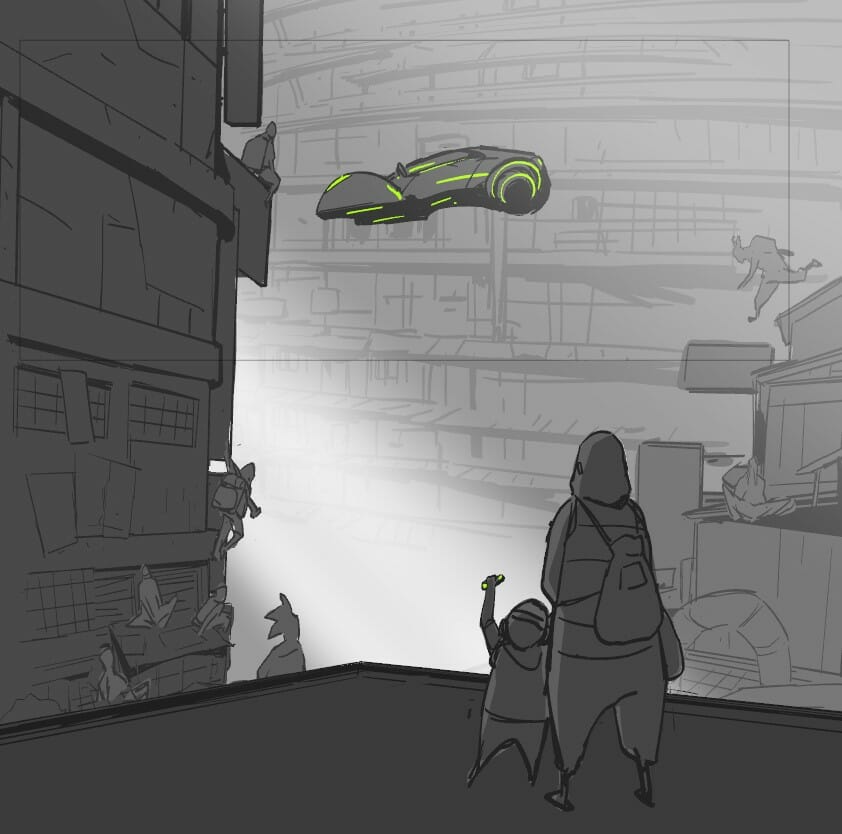
How has Storyboard Pro proved useful across these projects?
Storyboarding is such a powerful tool that allows us to go through multiple iterations of ideas in a short period of time. It’s the combination of all my favorite aspects of movie making, blocking, acting, animation, cinematography and action choreography. Make no mistake, Storyboard artists are film makers.
Do you have any advice to share with aspiring storyboard artists?
Watch your favourite films multiple times, and watch them for different reasons. Break down characters, break down why certain shots are used to describe certain moments, break down editing and pacing. Ask: ‘When does something have great energy? When and why does something feel slow or boring? How would you do it differently?’
Also draw lots of rough thumbnails in a sketchbook that is absolutely not fancy. The more precious you feel about your paper, the more pressure you’ll feel when laying down marks.
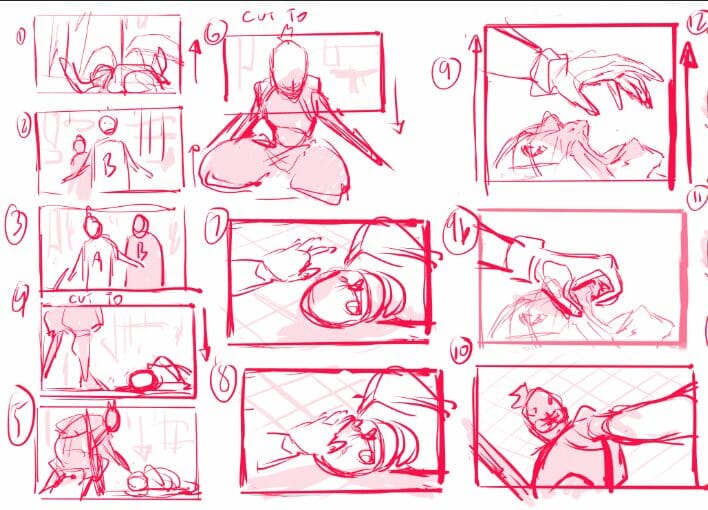
- Want to see more of Jon Lam’s personal work? Direct your neural implant to his account on Instagram.
- Interested in using Storyboard Pro for your next project? Artists can download a 21-day trial from our website.


